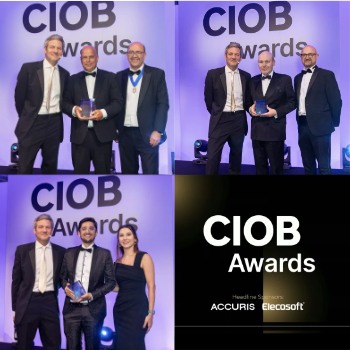Eyesore
The term 'eyesore' is commonly used to describe a building, structure or other feature of the environment that is ugly or unsightly. This is largely a subjective assessment, but common characteristics that can contribute to being labelled an eyesore include:
- Dilapidation.
- Graffiti.
- Litter.
- Pollution.
- Contamination.
- Advertising, signage and flyposting.
- Transmission towers and other 'industrial' structures.
- Brownfield sites.
- Stalled construction sites.
- Inappropriate development that is out of character with its context.
Eyesores can blight local areas, affecting moral, inward investment and property prices, and encouraging anti-social behaviour such as fly tipping and graffiti that make the problem worse. Local authorities and national governments sometimes seek to improve or remove eyesores, sometimes as part of a wider gentrification strategy. This may take place for example if there is a high-profile project requiring a large amount of investment in an area, such as the Olympic Games.
The Carbuncle Cup is an annual architectural prize awarded by the magazine Building Design. The 'winner' is 'the ugliest building in the United Kingdom completed in the last 12 months.' The award is usually timed to coincide with the prestigious Sterling Prize, as a light-hearted way of identifying 'crimes against architecture'. The name is derived from Prince Charles' oft-quoted criticism of the proposed extension to the National Gallery in 1984 which he described as “a monstrous carbuncle on the face of a much-loved and elegant friend”.
Some of the 'winners' of the cup are shown below.
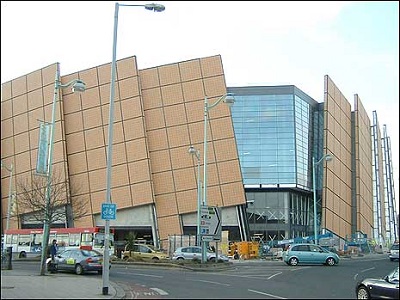
|
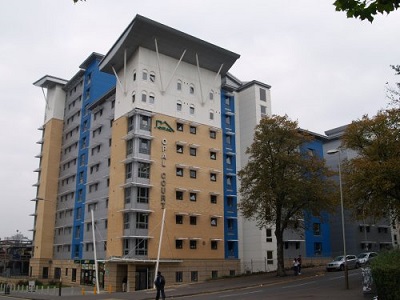
|
| Drake Circus Shopping Centre, Plymouth (2006) | Opal Court, Leicester (2007) |
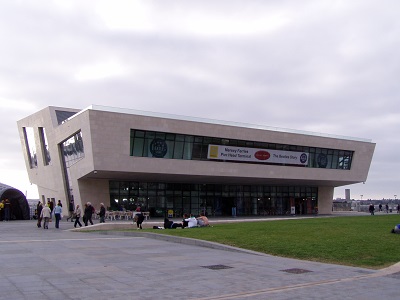
|
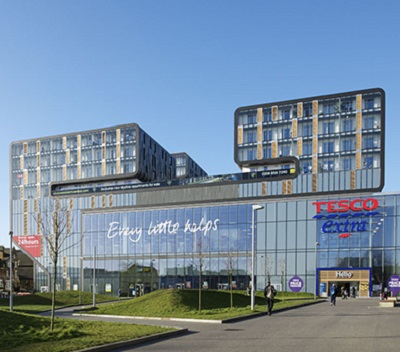
|
| Liverpool Ferry Terminal, Liverpool (2009) | Woolwich Central, London (2014) |
However, some projects can be initially regarded as eyesores before being reappraised, such as; the Eiffel Tower, the Golden Gate Bridge, the Pompidou Centre and Lloyd’s of London.
Gentrification is sometimes considered to have negative consequences as well as positive, destroying the unique character of a place, and driving up prices so that 'locals' have to move out.
[edit] Related articles on Designing Buildings Wiki
Featured articles and news
C20 Society; Buildings at Risk List 2025
10 more buildings published with updates on the past decade of buildings featured.
Boiler Upgrade Scheme and certifications consultation
Summary of government consultation, closing 11 June 2025.
Deputy editor of AT, Tim Fraser, discusses the newly formed society with its current chair, Chris Halligan MCIAT.
Barratt Lo-E passivhaus standard homes planned enmasse
With an initial 728 Lo-E homes across two sites and many more planned for the future.
Government urged to uphold Warm Homes commitment
ECA and industry bodies write to Government concerning its 13.2 billion Warm Homes manifesto commitment.
From project managers to rising stars, sustainability pioneers and more.
Places of Worship in Britain and Ireland, 1929-1990. Book review.
The emancipation of women in art.
Call for independent National Grenfell oversight mechanism
MHCLG share findings of Building Safety Inquiry in letter to Secretary of State and Minister for Building Safety.
The Architectural Technology Awards
AT Awards now open for this the sixth decade of CIAT.
50th Golden anniversary ECA Edmundson awards
Deadline for submissions Friday 30 May 2025.
The benefits of precast, off-site foundation systems
Top ten benefits of this notable innovation.
Encouraging individuals to take action saving water at home, work, and in their communities.
Takes a community to support mental health and wellbeing
The why of becoming a Mental Health Instructor explained.
Mental health awareness week 13-18 May
The theme is communities, they can provide a sense of belonging, safety, support in hard times, and a sense purpose.
Mental health support on the rise but workers still struggling
CIOB Understanding Mental Health in the Built Environment 2025 shows.
Design and construction material libraries
Material, sample, product or detail libraries a key component of any architectural design practice.













